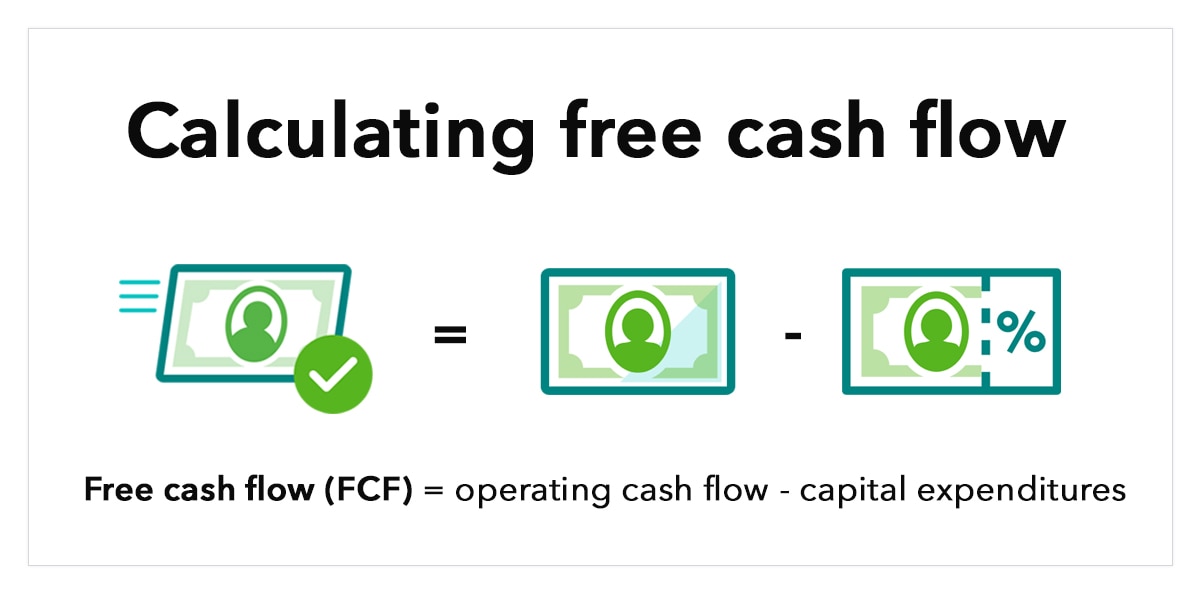
If we include the tax savings from the interest expense in our cash flow computation as well, we would end up double counting the interest tax savings. Now do you see? The tax savings from interest expense are incorporated in the cost of debt itself. Now in our cost of capital calculation, we would use the after-tax cost of debt, i.e.

Pre-tax cost of debt = Interest expense / Market value of debt Assuming the debt is recent, this gives us a pre-tax cost of debt as: Suppose the market value of debt in the capital structure in this scenario is 1000. Cost of capital as most finance students know is a mix of the cost of equity and after-tax cost of debt weighted by the relative weights of equity and debt in the capital structure.Īfter-tax cost of debt = Pre-tax cost of debt * (1 – tax rate) First principles in finance tell us that when looking at FCFF, we must discount them at the cost of capital (also known by the popular acronym, WACC).
#Free cash flow formula cfa level 2 free#
No discussion of free cash flows is complete without talking about discounting them at the cost of capital/ equity.

It will be clear with the help of the following hypothetical scenarios:Īs you can see, the only difference in the above scenarios is the interest expense. The thing that bothered me was that the above equation appeared to ignore a very real cash flow in computing FCFF – the tax savings from interest expenses. Here is the equation to compute FCFF that is prescribed and used universally:įCFF = Net Income + Non-cash Charges + Interest * (1 – tax rate) – CapEx – Change in Working Capital The problem Thus, FCFF is the cash flow that is available to both the equity and debt holders of the firm before any payments (such as dividends and interest) are made to these suppliers of capital. “Free cash flow to the firm is the cash flow available to the company’s suppliers of capital after all operating expenses (including taxes) have been paid and necessary investments in working capital (e.g., inventory) and fixed capital (e.g., equipment) have been made.” The definition of FCFF as per the CFA curriculum is: Whilst preparing for my CFA Level II examinations, I was really perplexed by the calculation of the free cash flow to firm (“FCFF”) especially with regard to the tax saving from interest expenses.


 0 kommentar(er)
0 kommentar(er)
